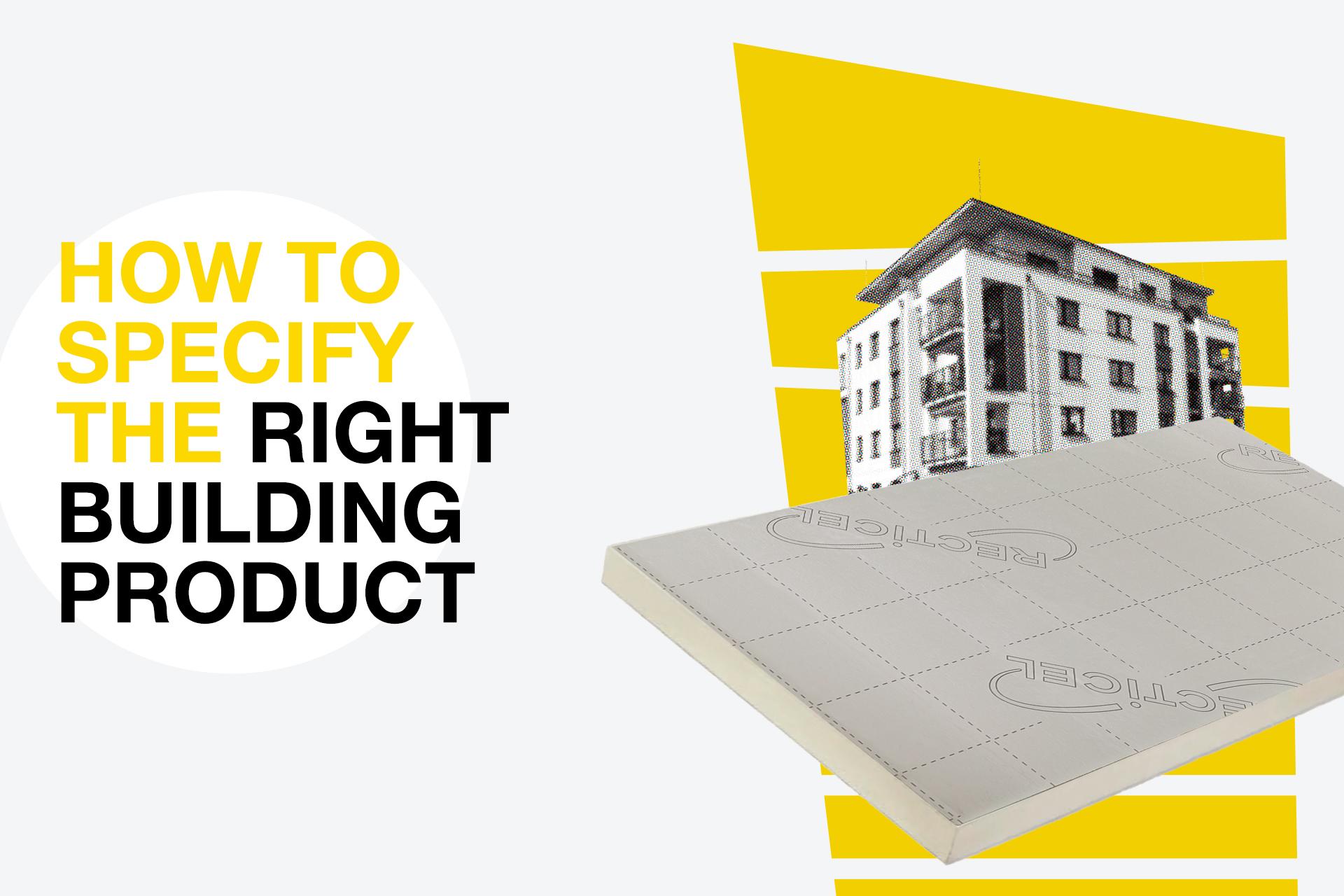When it comes to building design and construction, specifying the right product is more than a matter of performance. Long-term value, compliance, and project-specific suitability are equally important to achieve a required outcome. One such critical area is insulation – particularly polyisocyanurate (PIR) insulation – which has become a go-to solution for residential, commercial, and industrial builds. But how do you ensure a PIR specification is right for your project?

Gaining a full understanding of a building project’s particular requirements should be the first step in any product specification. Failure to prepare is to prepare to fail. Therefore, every aspect of a building’s design should be accounted for when selecting products to ensure performance expectations are met. These details include:
- The building type (residential, commercial, etc.)
- Intended use and occupancy
- Climate and location
- Fire safety requirements
- Acoustic and thermal performance targets
- Environmental goals or sustainability certifications (e.g., BREEAM, LEED)
These factors will also significantly influence insulation performance values to ensure compliance with required energy standards.
Know What PIR Insulation Offers
PIR insulation is valued for its high thermal efficiency, lightweight composition, and an impressive compressive strength that generally ranges between 120 and 150 kPa. This makes it an ideal solution for installers and end users alike. With lambda values as low as 0.022W/mK, PIR boards allow for thinner build-ups while achieving stringent U-value requirements in walls, roofs and floors.
PIR is also resistant to moisture and does not support mould growth – key considerations for longevity and internal air quality. However, different PIR products contain various facings, thicknesses, and compatibility with substrates. Therefore, application-appropriate product choices are crucial for a more comfortable interior climate.
Align with Regulatory Standards
Compliance is non-negotiable. Specified PIR insulation must meet relevant regulations and standards for new buildings, including:
- Current Approved Document L of Building Regulations
- Approved Document B (fire safety in buildings)
- BS EN 13165 (specification for PIR products)
Many PIR products come with third-party certifications, such as British Board of Agrément (BBA), which demonstrate their fitness-for-purpose. Certification verification is recommended to avoid costly delays or refurbishment.
Installation and Detailing
Even the best product can underperform if incorrectly installed. The smallest gaps in insulation can cause heat loss and reduce its performance and the property’s energy efficiency. Therefore, attention should be paid to detailing around junctions, penetrations and thermal bridges to ensure an effective building envelope.
Working closely with a leading PIR manufacturer such as Recticel at the specification stage helps ensure as-designed building performance. Our technical teams are available to support essential pre-construction processes including U-value calculations as part of our turnkey customer service offering.
Consider Sustainability
With embodied carbon and lifecycle assessments increasingly integral to providing a comprehensive view of a building's environmental impact, specifiers should be minded to choose PIR products that offer sustainable material choices and support the development of net-zero carbon strategies.
Take the Methodical Path to Specification
Choosing the right PIR insulation product involves a lot more than educated guesswork. Aligning performance, compliance, constructability, and sustainability with a project’s broader goals requires a thorough and methodical approach to specification. This conforms to best practice principles, which are a well-travelled pathway to reducing risk, improving building performance, and creating properties that enhance occupant comfort and minimise environmental impact.
Contact us
Unsure what product is best suited to your project?
Speak with our technical team today